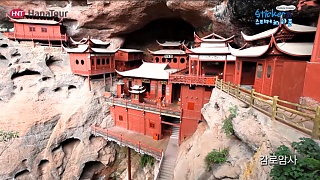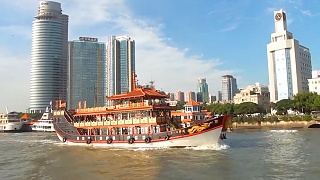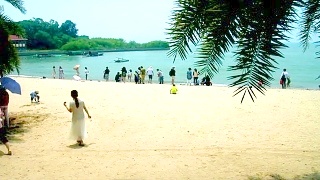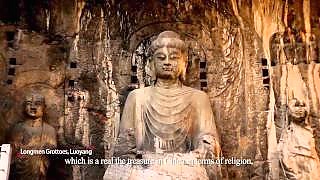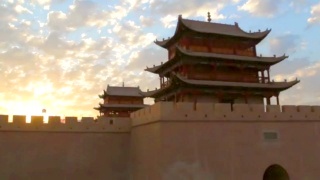QuanZhou was once one of China's major ports for foreign traders. It was visited by Marco Polo who praised it as one of the most prosperous and glorious cities in the world. As its harbor is not suitable for larger ships, its significance as a port has reduced but retains abundant cultural heritage.
[640],shadow=true,start=,stop=
 A visual guide to QuanZhou 泉州, FuJian province
A visual guide to QuanZhou 泉州, FuJian province

